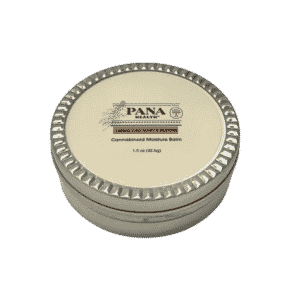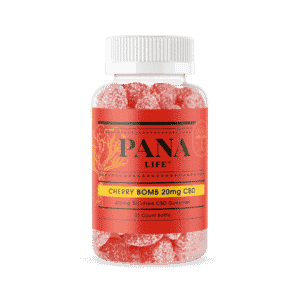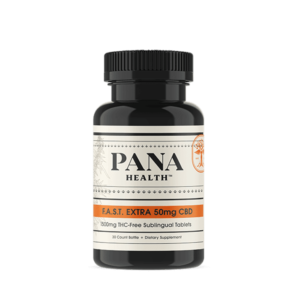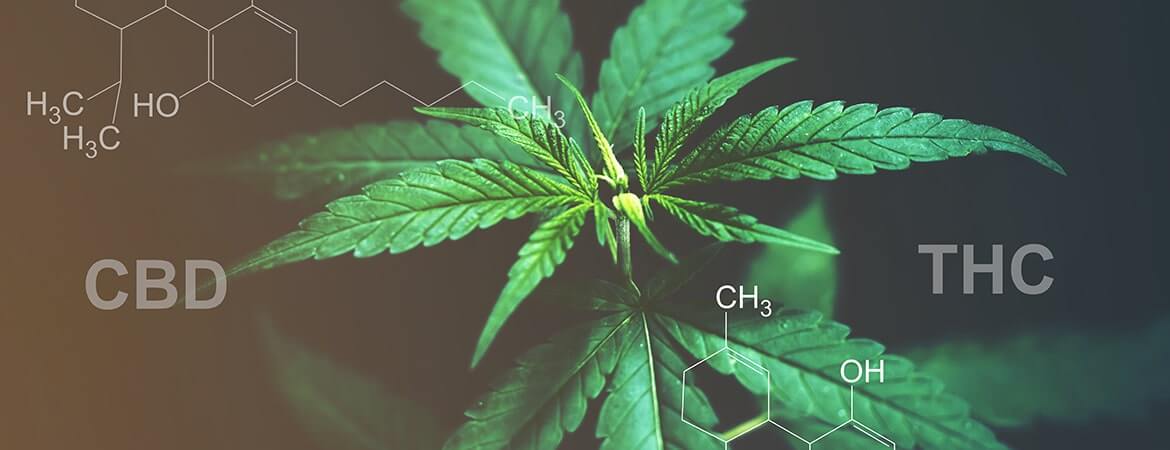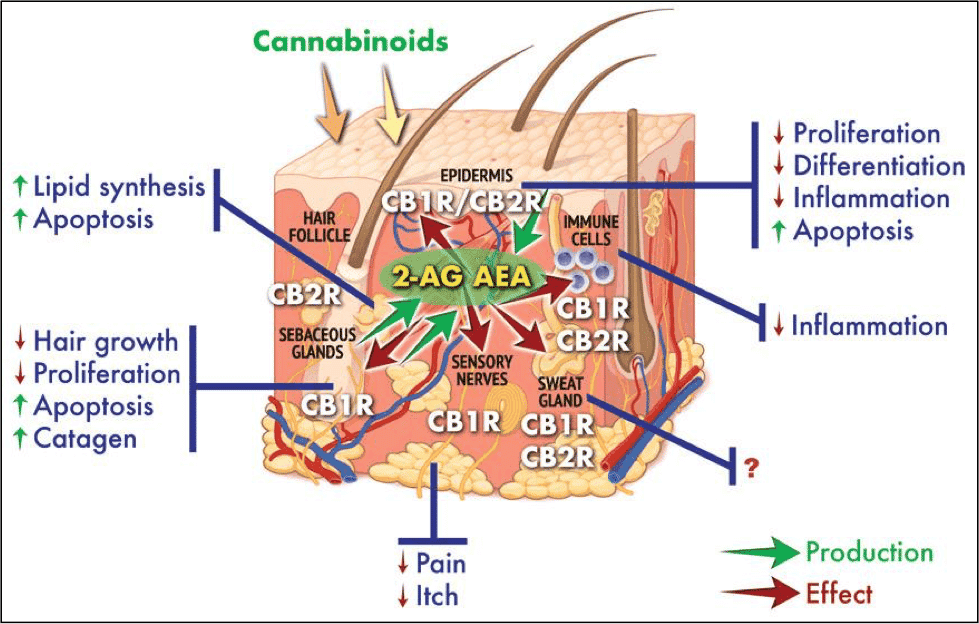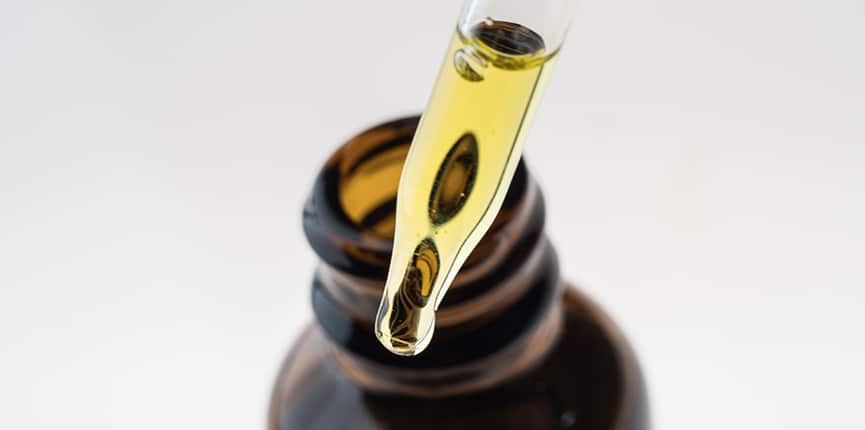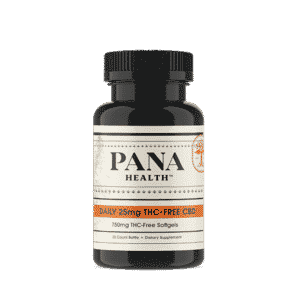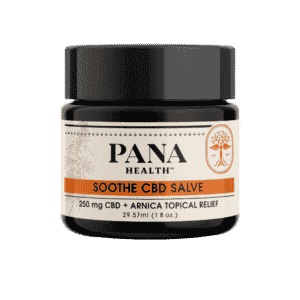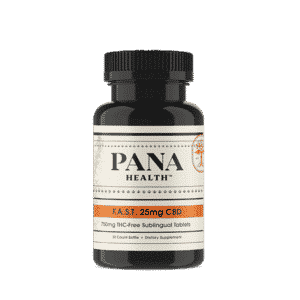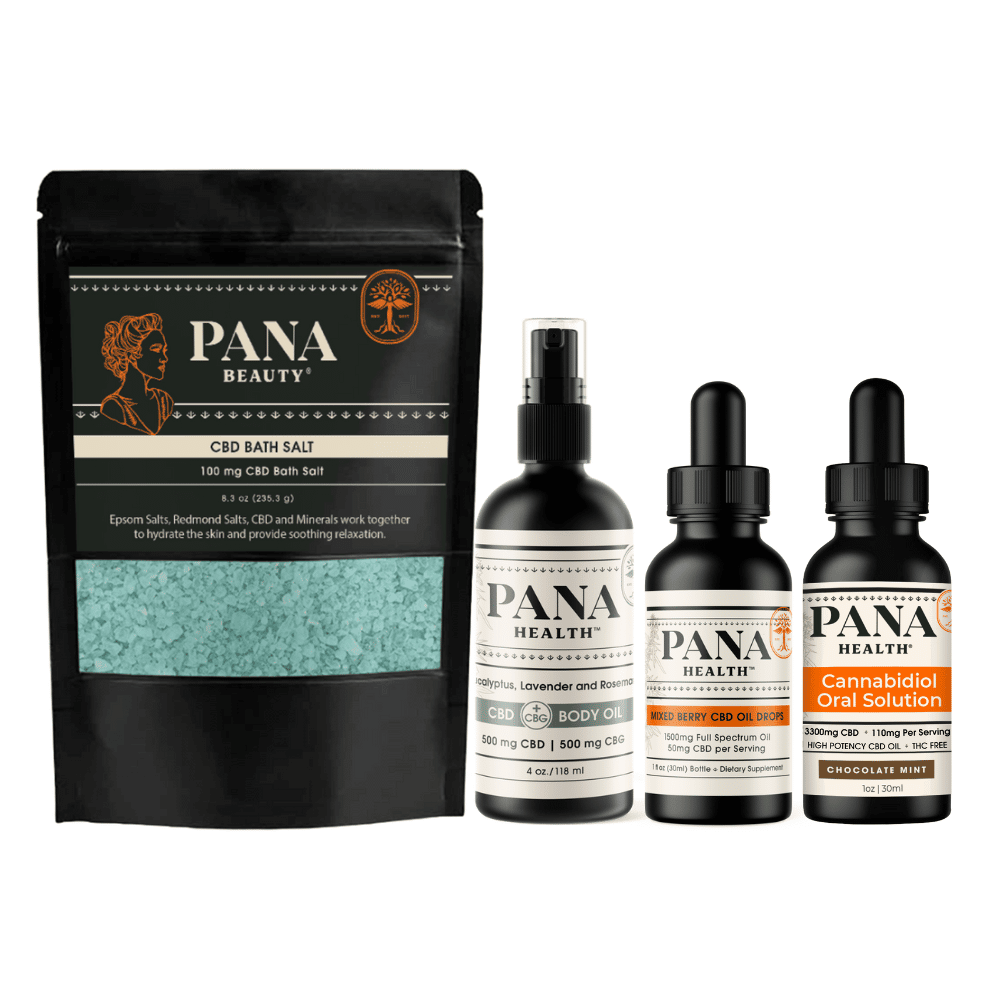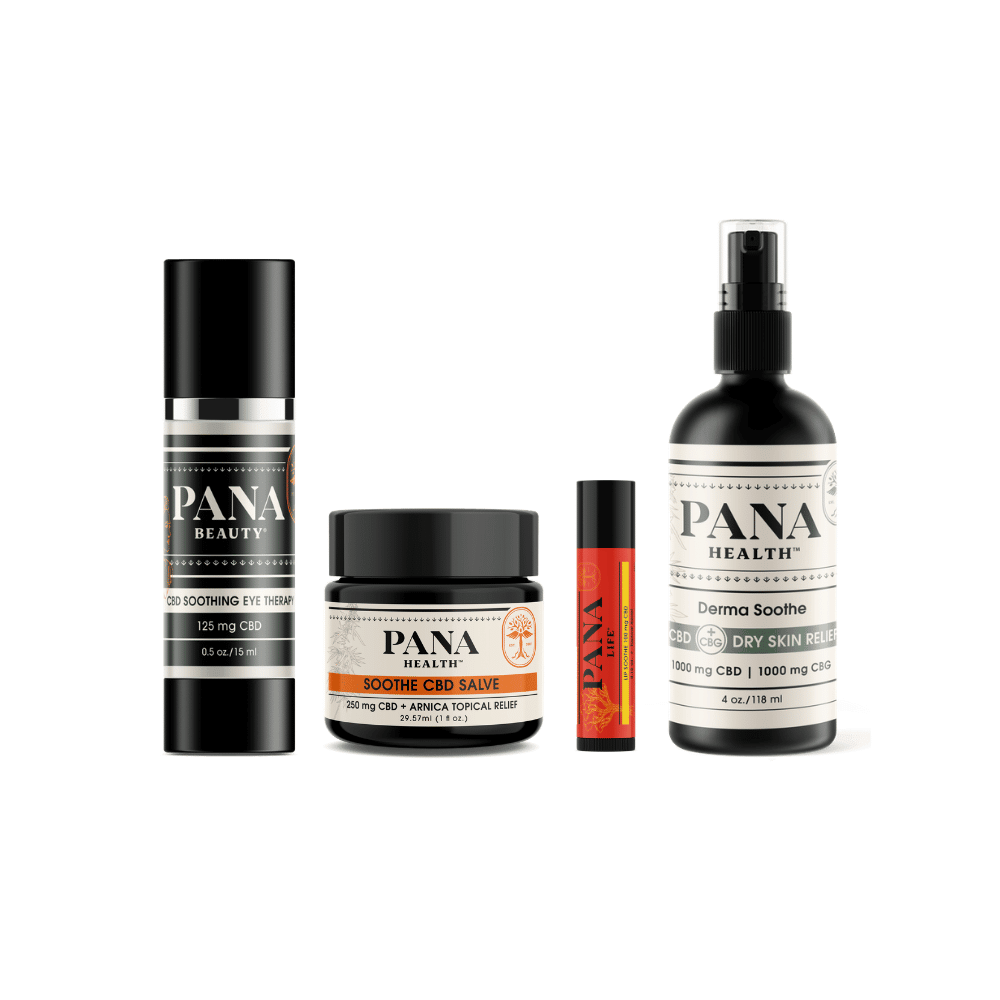CBD has been making waves in mainstream culture since the passing of the 2018 Farm Bill. It would be hard to believe someone hadn’t heard of it at this point! We’re seeing CBD in people’s morning beverages, at the corner store, and in that trendy new pop-up. Not only is CBD everywhere, but it’s also IN everything! I’m talkin‘ vitamins, lotions, baked goods… even putting it in the water! I’m not exaggerating when I say, anything your little heart desires you can just about find.
Among these many faces of CBD has emerged an especially attractive one in particular: CBD oil. If you haven’t yet been introduced to this liquid gold, I can guarantee by the end of this article, and you’ll be itching to dive into the miraculous substance like it’s a clear blue pool on a hot summer day.
Let’s Break it Down
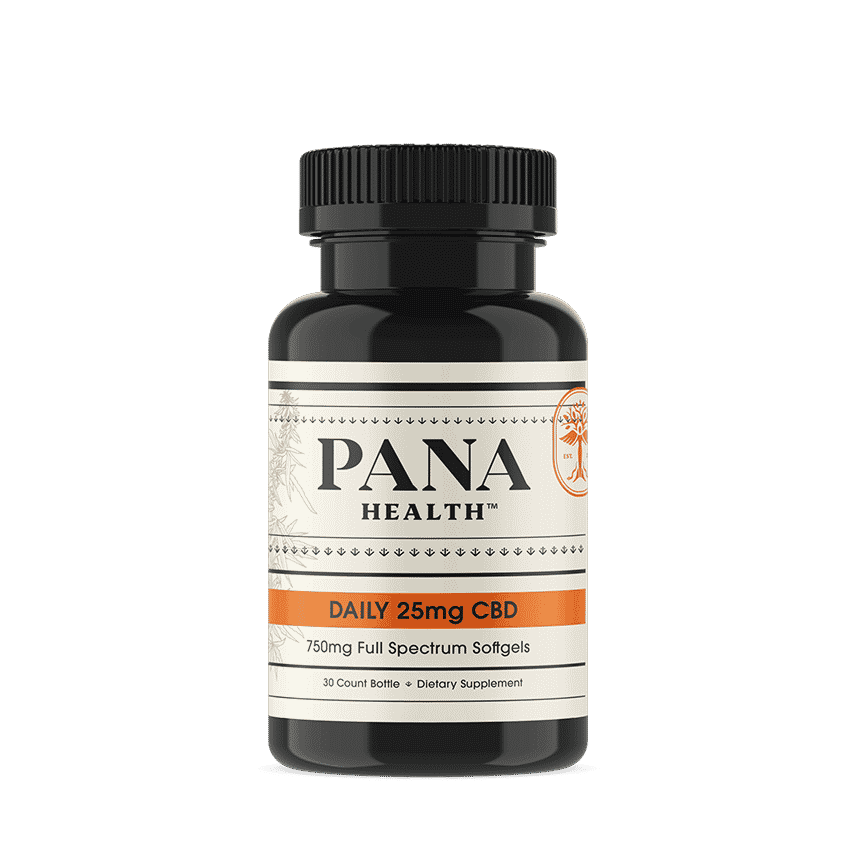
Cannabidiol (CBD) and tetrahydrocannabinol (THC) are chemical compounds found in the marijuana or hemp plant. Both chemical compounds are what we call cannabinoids. While there are over 480 different compounds found in the cannabis plant, only 113 falls into the cannabinoid category.
What defines a cannabinoid from other compounds is its ability to interact with the cannabinoid receptors in the body’s Endocannabinoid System (ECS). You see, our bodies naturally produce their own endocannabinoids, which are molecularly similar to cannabis’ cannabinoids. In effect, THC and CBD can reach the receptors in our ECS and influence how they communicate. Since the ECS is connected to many parts of the brain and body, their influence can reach a multitude of processes, like mood, sleep, appetite, pain, and stress.
Researchers have defined CB1 and CB2 as our two receptors in the body that mediate many of the effects attributed to these cannabinoids. CBD and THC both interact with our own CB1 receptors but in a significantly different way. THC binds directly with CB1 resulting in feelings of euphoria, and the “high” THC is usually associated with. This is why THC is defined as psychoactive, and explains the controversial history and legality behind it and the marijuana plant.
What presently excludes CBD from being dragged into THC’s legal business is that it’s not psychoactive. Rather, it binds indirectly or not at all with the CB1 receptors; it can even interfere with THC’s ability to bind, potentially diminishing the bond and resulting psychoactive effects.
Let’s Dive In
CBD oil is made by extracting CBD from the hemp or marijuana plant and then diluting it with a carrier oil, such as avocado oil, coconut oil or hemp seed oil. In order to manufacture and sell legal CBD, its content must be no greater than .03 percent THC. The hemp plant only produces trace amounts of THC, to begin with, but the marijuana plant with its higher THC content can still be used to produce CBD.
Pure CBD oil (less than .03 percent THC) is reported to produce a feeling of relaxation and elevated mood. Researchers have found support for many of the current uses being popularized in mainstream culture and continue to study its medical potential to this very day. With a quick web search, one can find volumes of studies and feedback covering every concern and possible usage under the moon, including but not limited to anxiety, depression, inflammation, pain, seizures, withdrawal, migraines, and nausea. Depending on the ailment in question, however, one might notice a trend of different methods of use for different concerns.
Let’s Explore Options
There are a variety of methods to using CBD oil which. Naturally, each comes with its own individual upsides and downsides.
Edibles & Pills
Edibles come in all forms; beverages, baked goods, candies, and condiments, to name just a few. CBD oil can be infused into almost any recipe or consumable form. Edibles offer a TON of variability and creativity—endless options, delicious flavors, dosage exploration, and the ease of inserting CBD into one’s pre-existing routine, especially now that more cafes, restaurants, and grocery stores are putting CBD on the menu. On the downside, some people may find it to be an unreliable method. Firstly, it takes much longer for the CBD to take effect since it enters the digestive system and takes time to build up in your bloodstream. Second, you can’t always be 100% sure of dosage, especially when they’re homemade. Most agree that CBD pills are a more trustworthy way around this dosage discrepancy, however.
Vaporizers
Vaporizer devices like vape pens heat up a small amount of CBD oil and transform it into the vapor you can inhale, put it simply. One of the main pros to this is that the cannabidiol enters your bloodstream faster than other forms, making it a great option for those seeking to manage acute issues. A truly legitimate negative associated with vaping is the possibility of ingesting a solvent called propylene glycol along with the CBD oil, which presents a number of risks to your health. As well, it can be tricky to control dosing, due to confusing or misleading labeling, or individual factors such as variations in inhaling.
Tinctures
The CBD oil found in tincture form has been extracted from the hemp or marijuana plant using a pressurized gas or solvent, which is later removed. The remaining CBD is then diluted with a carrier oil to preserve and improve the taste, and then, voila, you have a CBD infused tincture! Typically, one would ingest it orally with a dropper or spray, making it the second quickest method to absorb CBD. Tinctures share basically the same pros and cons detailed above under vaporizers.
Topicals
Lotions, balms, and salves all fall under the category of topicals, and therefore should be pretty familiar to you. To increase skin health, simply apply the topical on the body’s appropriate area and allow the extracts, fat (coconut oil, beeswax, etc.), and CBD oil to sink in. Because this CBD product isn’t ingested, it is arguably safer given the lack of research on long-term CBD use. On the other hand, because it’s not ingested, they typically boast a higher CBD content in order to prove effective, making them costly—especially if you’re using them regularly to cover large portions of your body.
Let’s Be Smart
As with anything, there is a risk of side effects with CBD, usually observed when people take very high doses. Nausea, fatigue, and blood-thinning are among them. It is always important to talk with a medical professional before adding any new supplement to your dietary routine or health regimen. Do your research and seek professional guidance for the safest, most effective CBD experience possible.


